The Tönnies' Path
Did you know that Sweden once played an important role in the development of Ljubljana? Get to know the Tönnies family and find out more about its impact on the city!
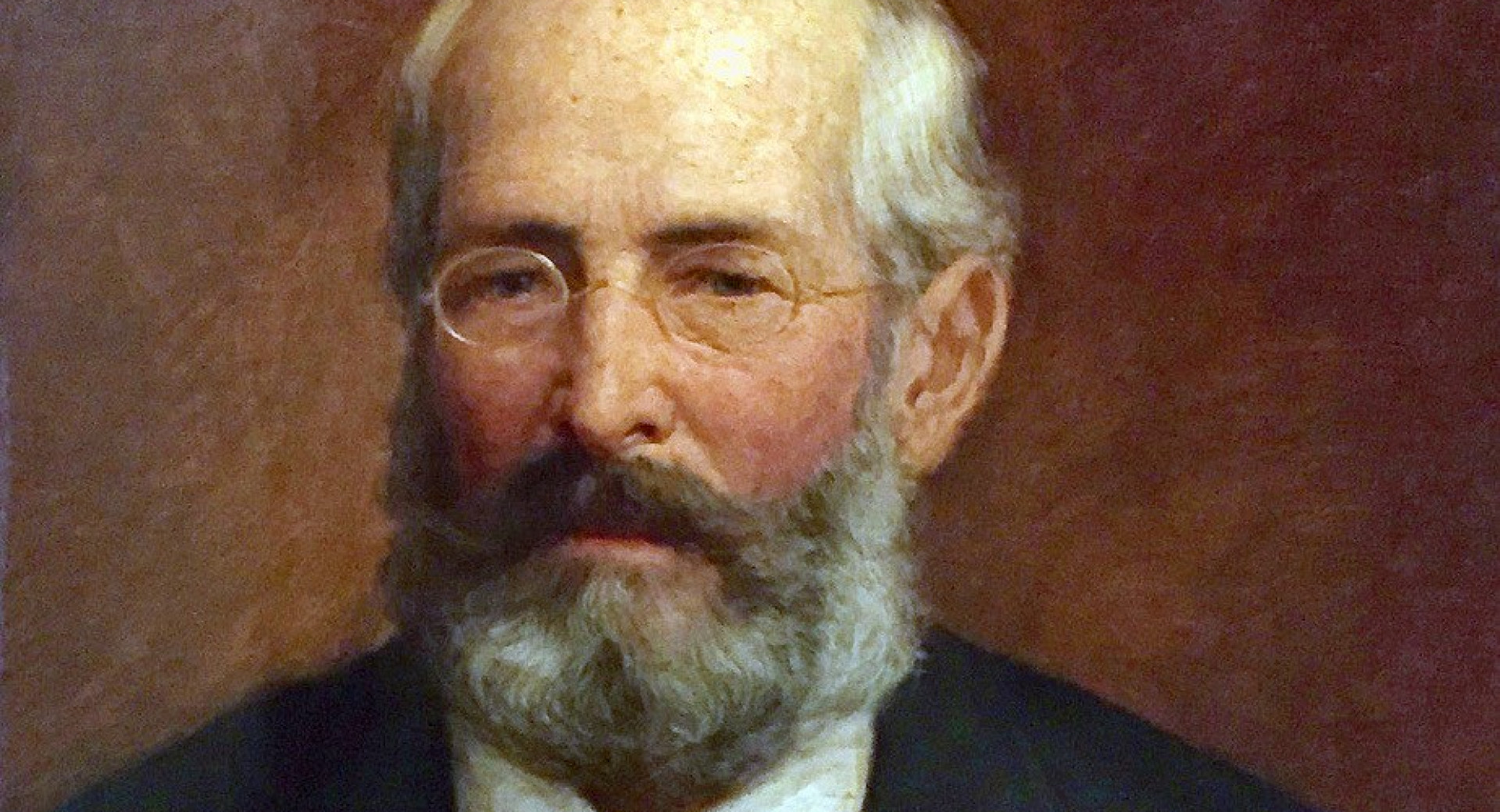
Since 1844, the Tönnies family has had a significant impact on the economic and social development of the city of Ljubljana. In 2017, on the initiative of the Slovenian-Swedish Society, the Scientific Research Center of the Slovenian Academy of Sciences and Arts organised a conference on the heritage of the Tönnies family.
In the same year, the City Council of the Municipality of Ljubljana adopted a decision to name the park by the Koseze pond (Koseški bajer) after Gustav Tönnies, where an exhibition was set up about the family’s life and work. The exhibition was also hosted at the Technical Museum of Slovenia in Bistra and the Archives of Slovenia as well as in the Museum in Litija. In 2022, the family's significance was also supported by the fact that a leaflet, bearing the title Gustav Tönnies and Sons Builders of Ljubljana, was issued in collaboration with Ljubljana Tourism in order to promote the family's inheritance.

© Milanka Jakopič
Gustav Tönnies was born in 1814 in Stralsund near the Baltic sea. His father, a ship carpenter, moved there from the southern Swedish province of Småland. Gustav trained as a carpenter in Hamburg, then embarked on a long educational journey through the then most developed European countries. In 1844 he was invited to Ljubljana to erect a roof on the Colosseum, then the largest building in this part of Europe. Following his successful work and an invitation from the mayor of Ljubljana, Janez Nepomuk Hradecky, Gustav became a city carpenter. Ljubljana became his second home.
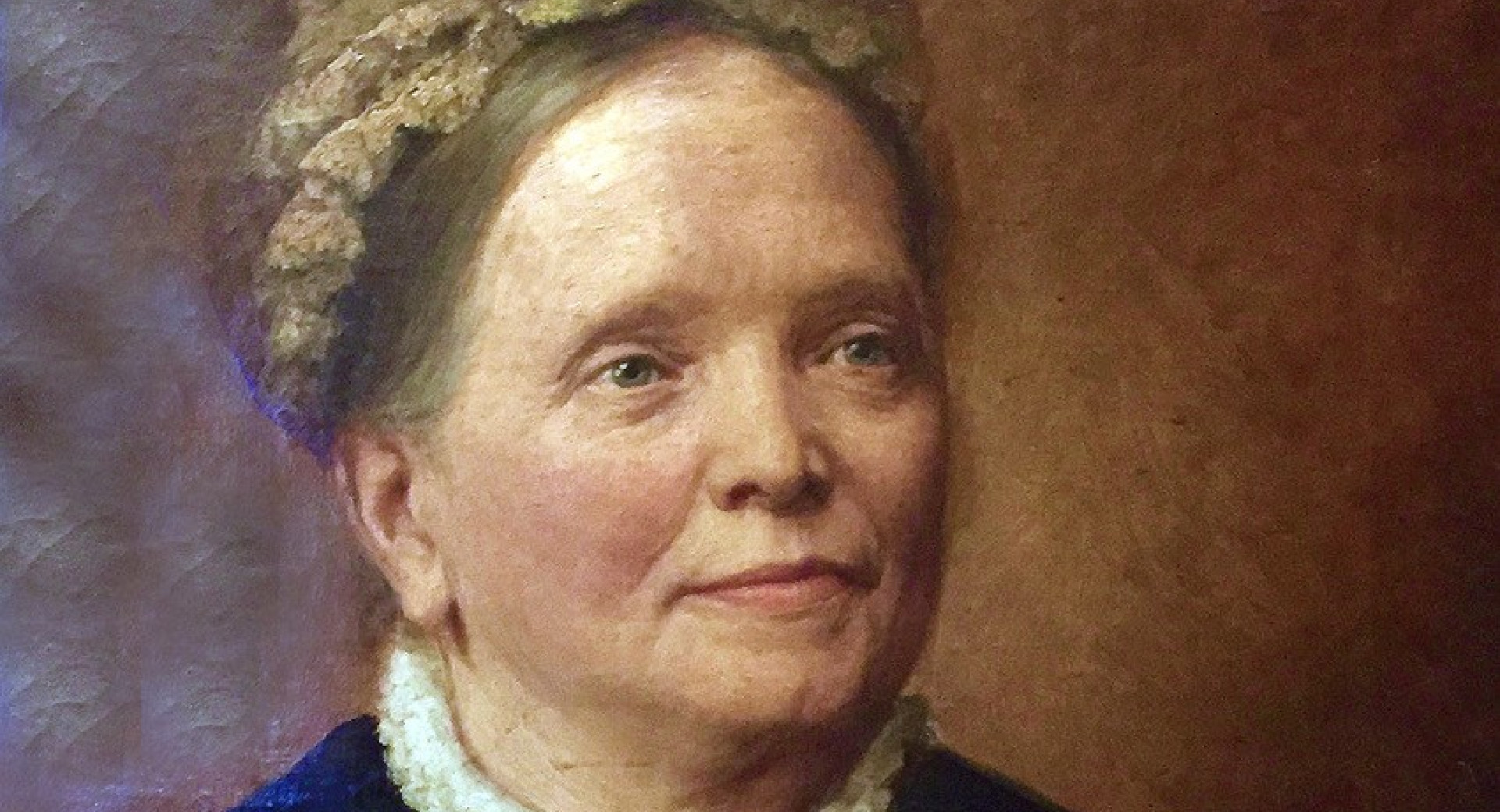
© Milanka Jakopič
He married Amalija Malovrh from Ljubljana, with whom he had nine children: five sons and four daughters. After school, all five sons joined their father's companies and later continued his work in Ljubljana, Trieste and Nabrežina. Gustav:
- worked on the construction of railway stations on the Celje–Ljubljana–Trieste and Ljubljana–Tarvisio railway lines;
- built industrial facilities (Kozler brewery, textile factory, renovated Cukrarna);
- was involved in construction of the Tobacco Factory, moved the ironworks in Dvor pri Žužemberku to Ljubljana;
- founded Machine Factories and Foundries and The Brickyard company in Koseze;
- modernised the quarries in Nabrežina, Repentabor and Momjan (by enabling the sale of stone across Europe and overseas to Japan, New Zealand, Argentina and North America through new rail and shipping services).
In 1883, Emperor Franz Joseph awarded Gustav the high decoration of the Golden Cross with a crown. Gustav died in 1886. At that time he employed over six hundred workers in his companies, mostly Slovenians, took care of their professional training, paid them well and was thus very popular among his employees.
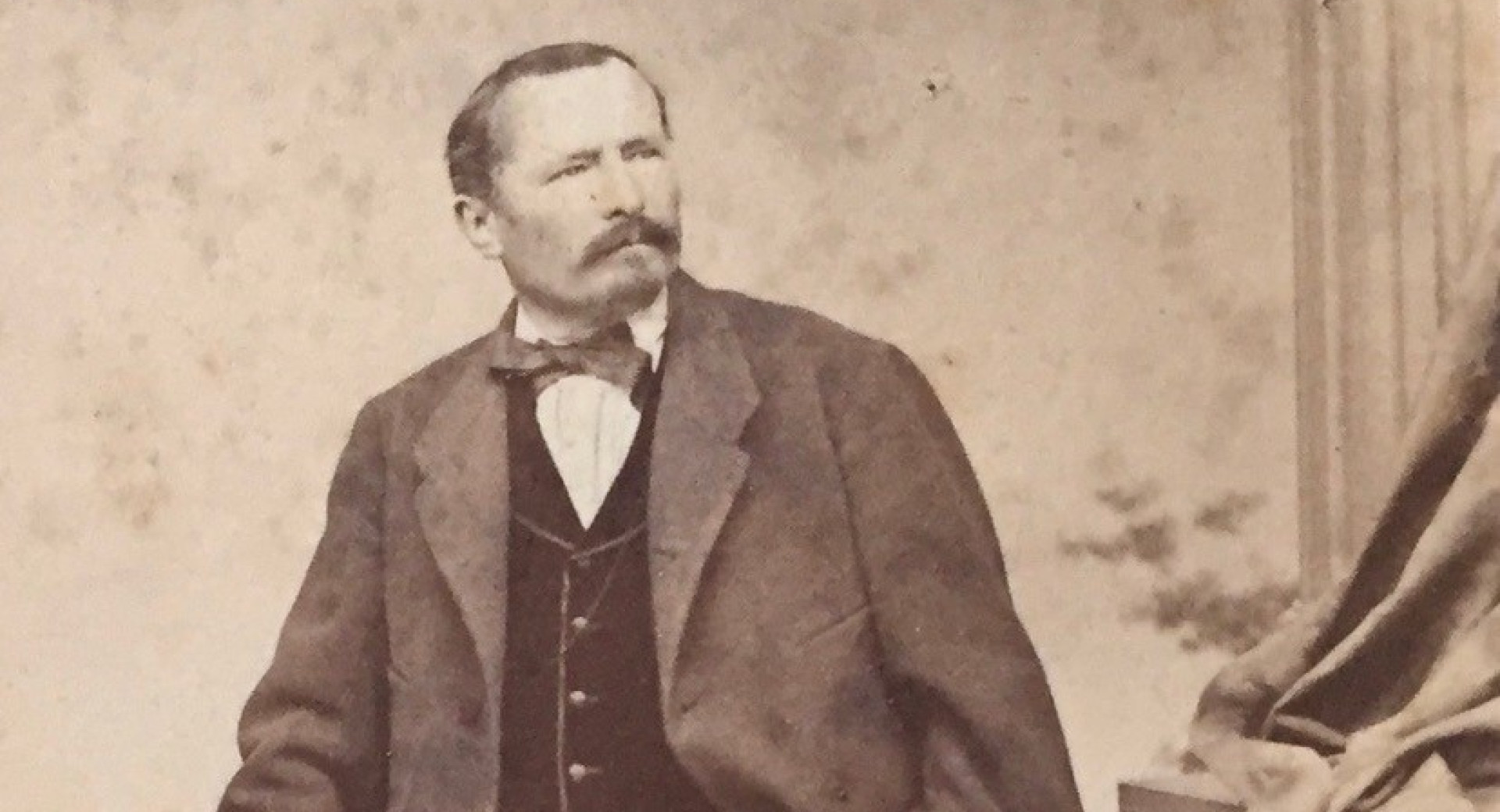
© Milanka Jakopič
His sons Gustav, Adolf, Wilhelm, Emil and Rudolf continued his work.
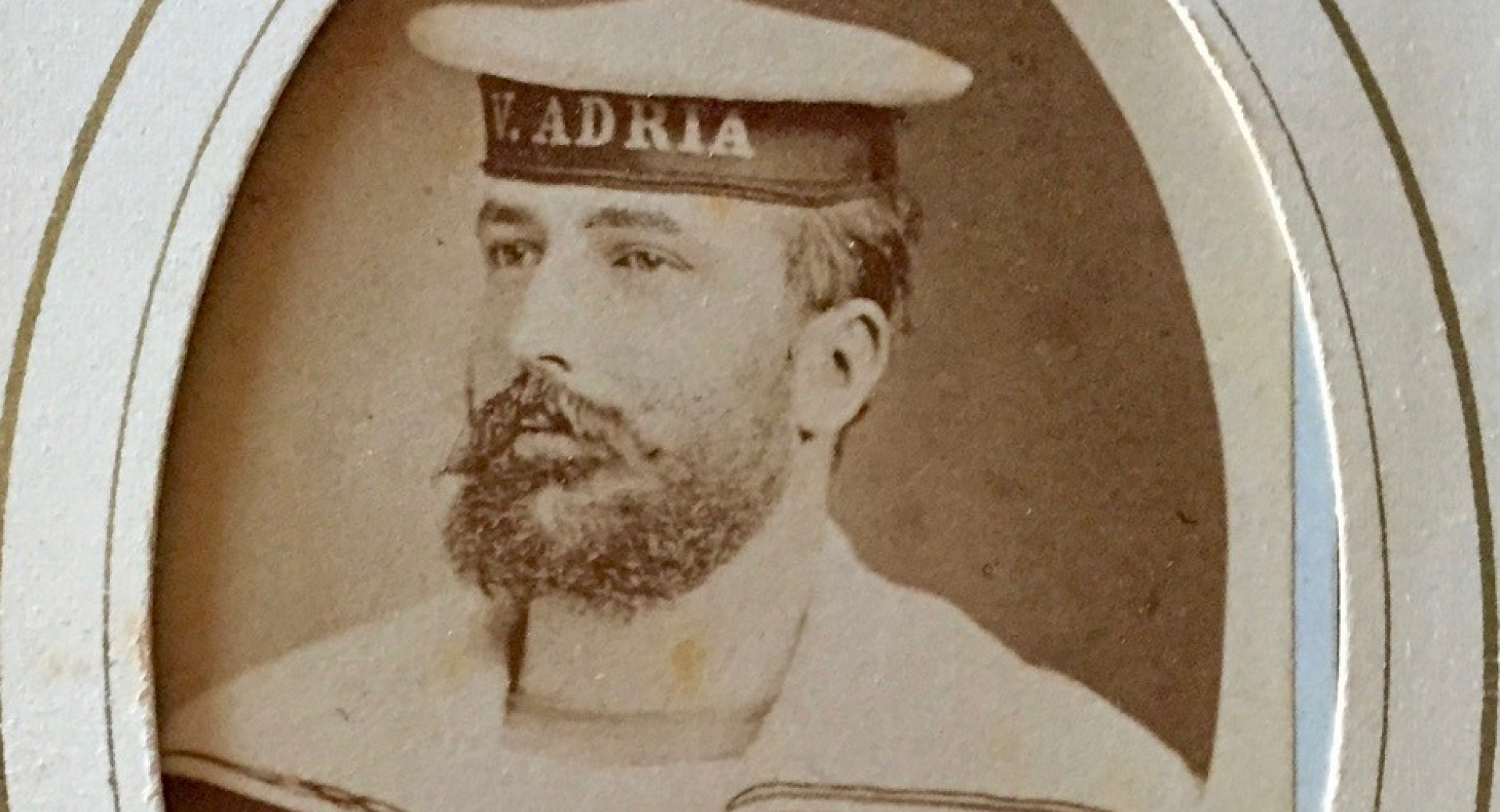
© Milanka Jakopič
At the time of the Ljubljana earthquake in 1895, their construction company was one of the largest, therefore it is not surprising that they were among the main contractors in the renovation and construction of public, private, military and religious buildings.
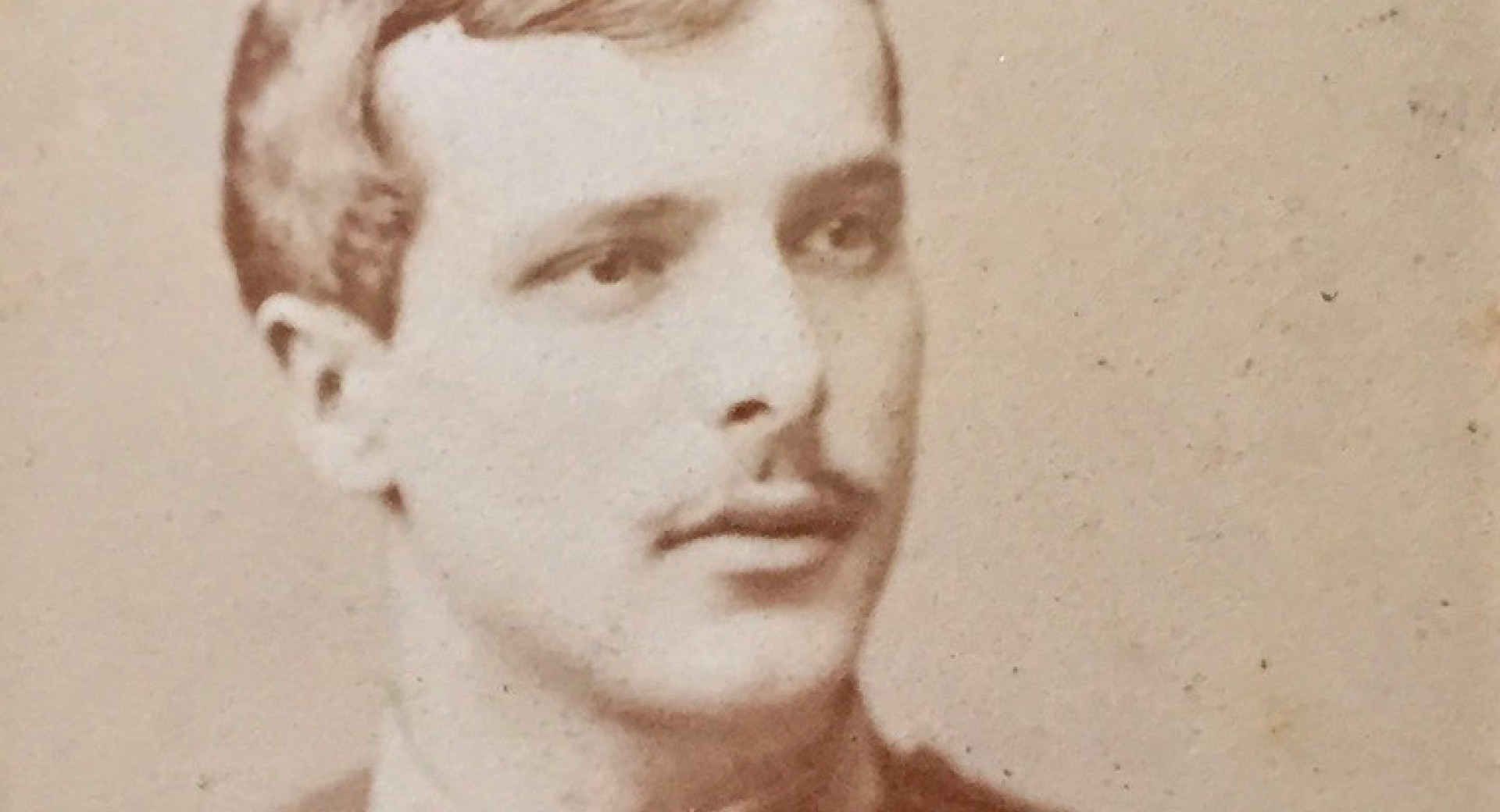
© Milanka Jakopič
Machine Factories and Foundries became the driving force of the emerging wood processing, machine industry and energy industries in Carniola and the forerunner of the post-war development of the company Litostroj.
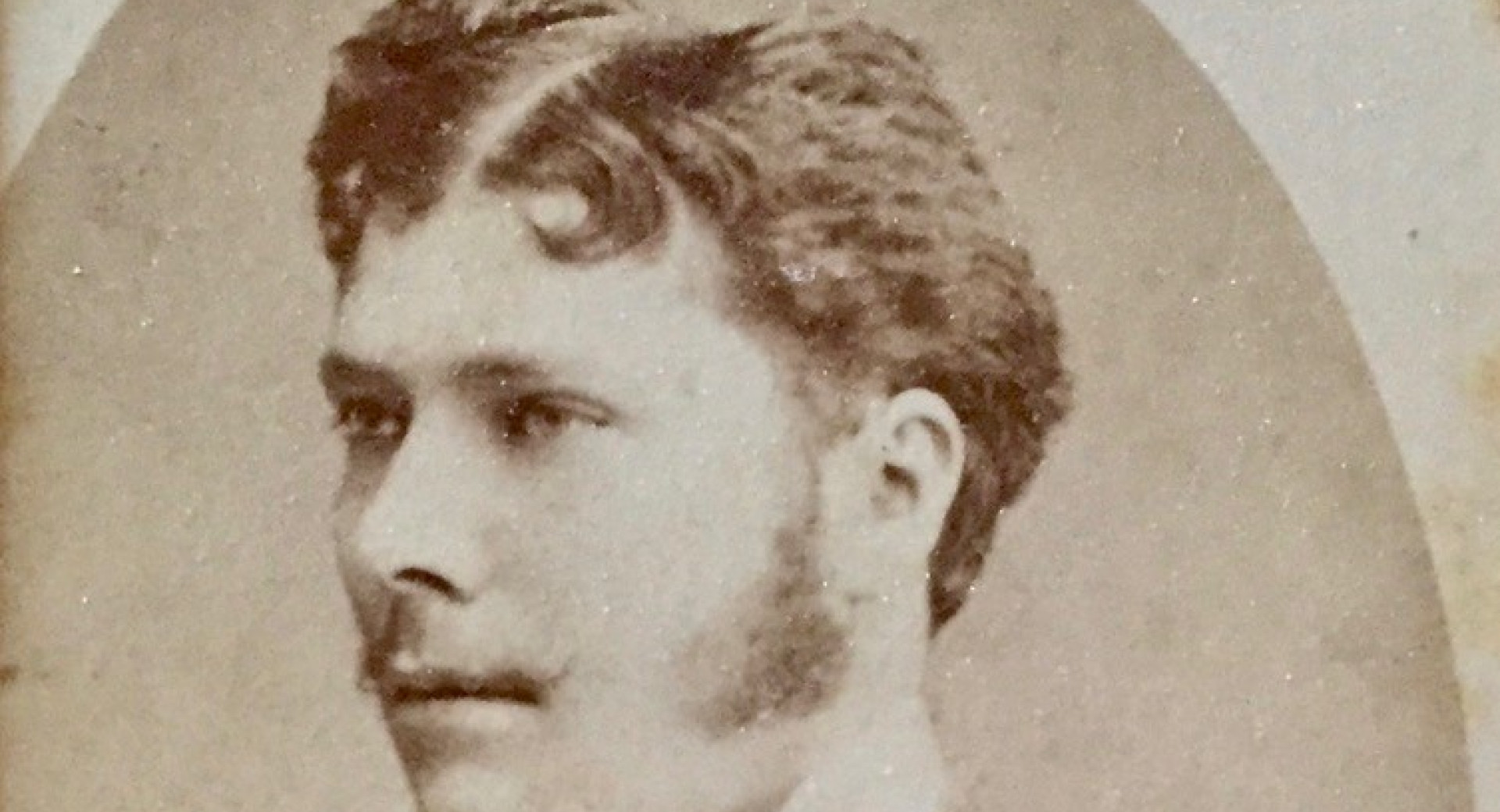
© Milanka Jakopič
After studying architecture in Vienna, Rudolf went to Zagreb and then to Sarajevo, where he was the leading architect of the Bosnian government for twenty years. After the end of the World War I, he returned to Ljubljana and took over the family construction company and also worked in Zagreb, Sarajevo and Belgrade.
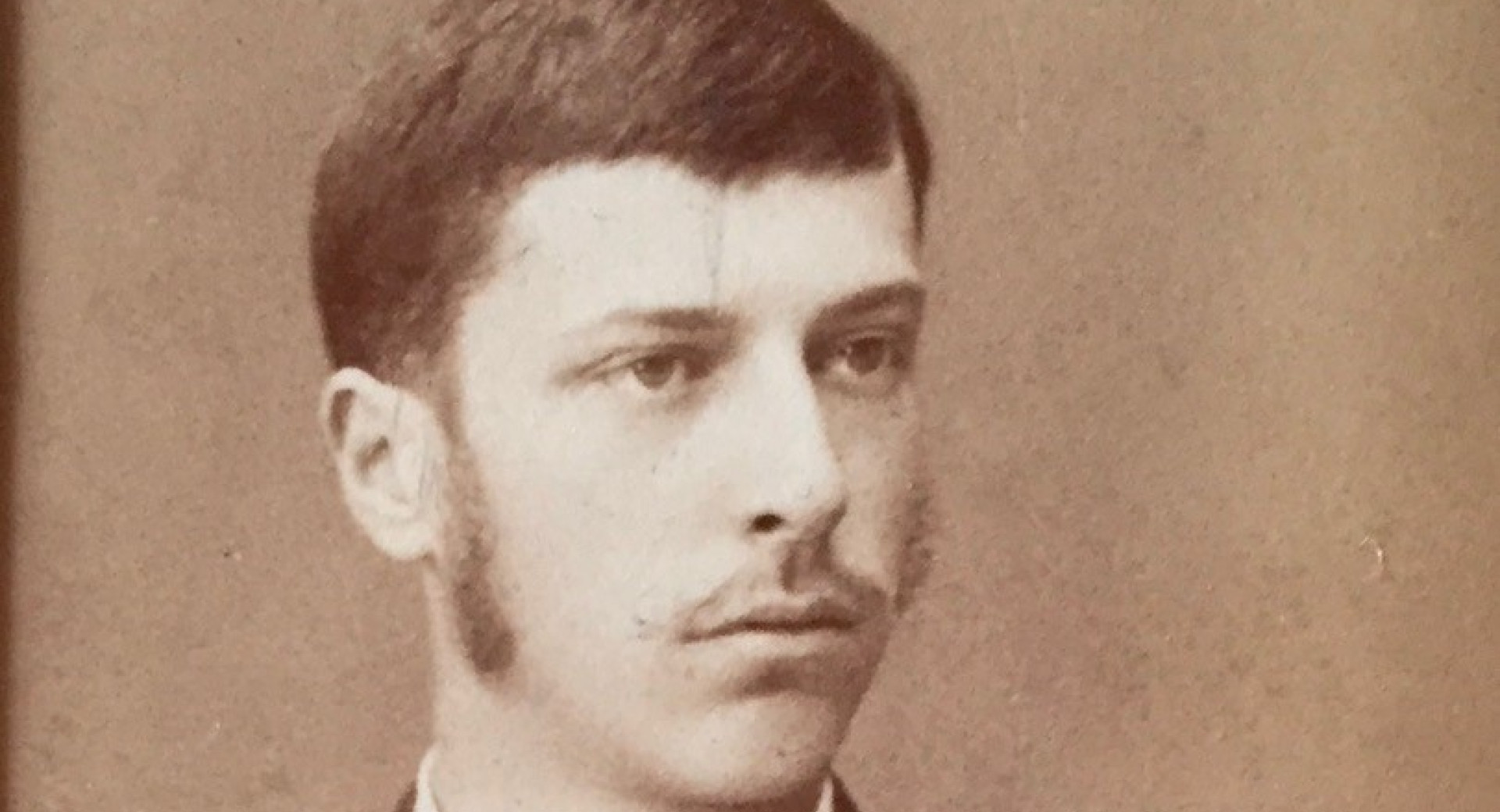
© Milanka Jakopič
During this period, Ljubljana became an important capital of the region of Carniola. Wars, the emergence of new states, inter-ethnic conflicts and economic crises also affected the Tönnies family and its activities, which gradually died out in the period up to World War II and with it the memory of their rich heritage. Years ago, the Slovenian-Swedish Society began to revive the memory of their life and work, which made an important contribution to the integration of the region of Carniola and later Slovenia into the society of developed European countries.
Doprinos družine k arhitekturni podobi Ljubljane
The Tönnies' Path displays the vastness of Tönnies' legacy while some of the architectural gems in the construction of which they participated are shown in the gallery below.
Written by Stojan Jakopič, the Slovenian-Swedish Society







